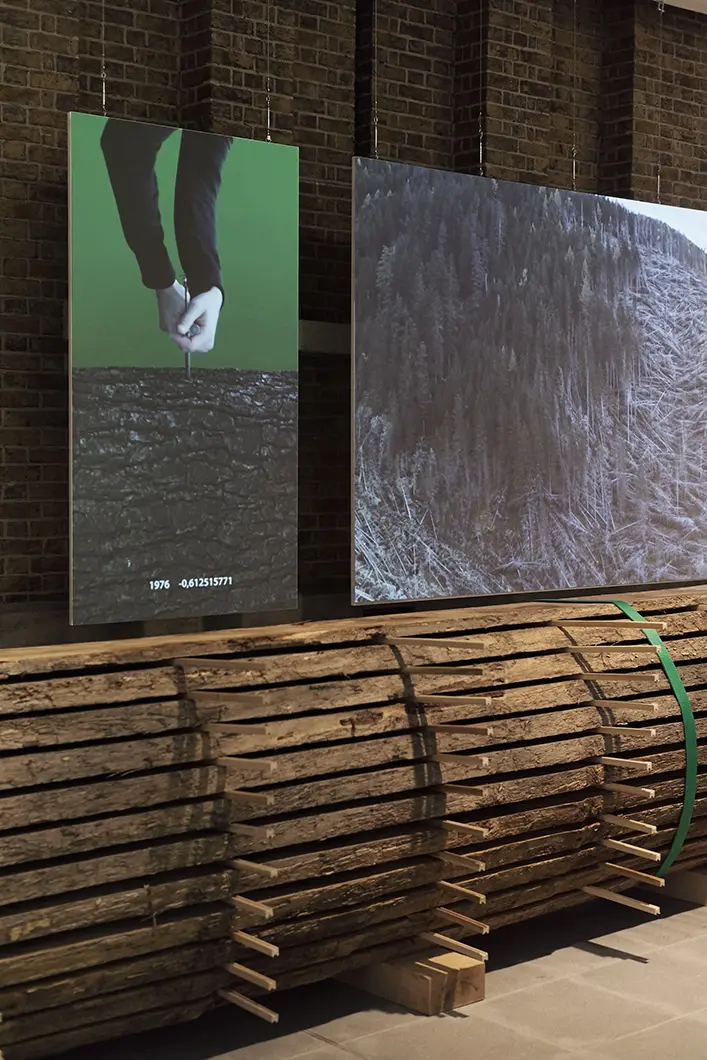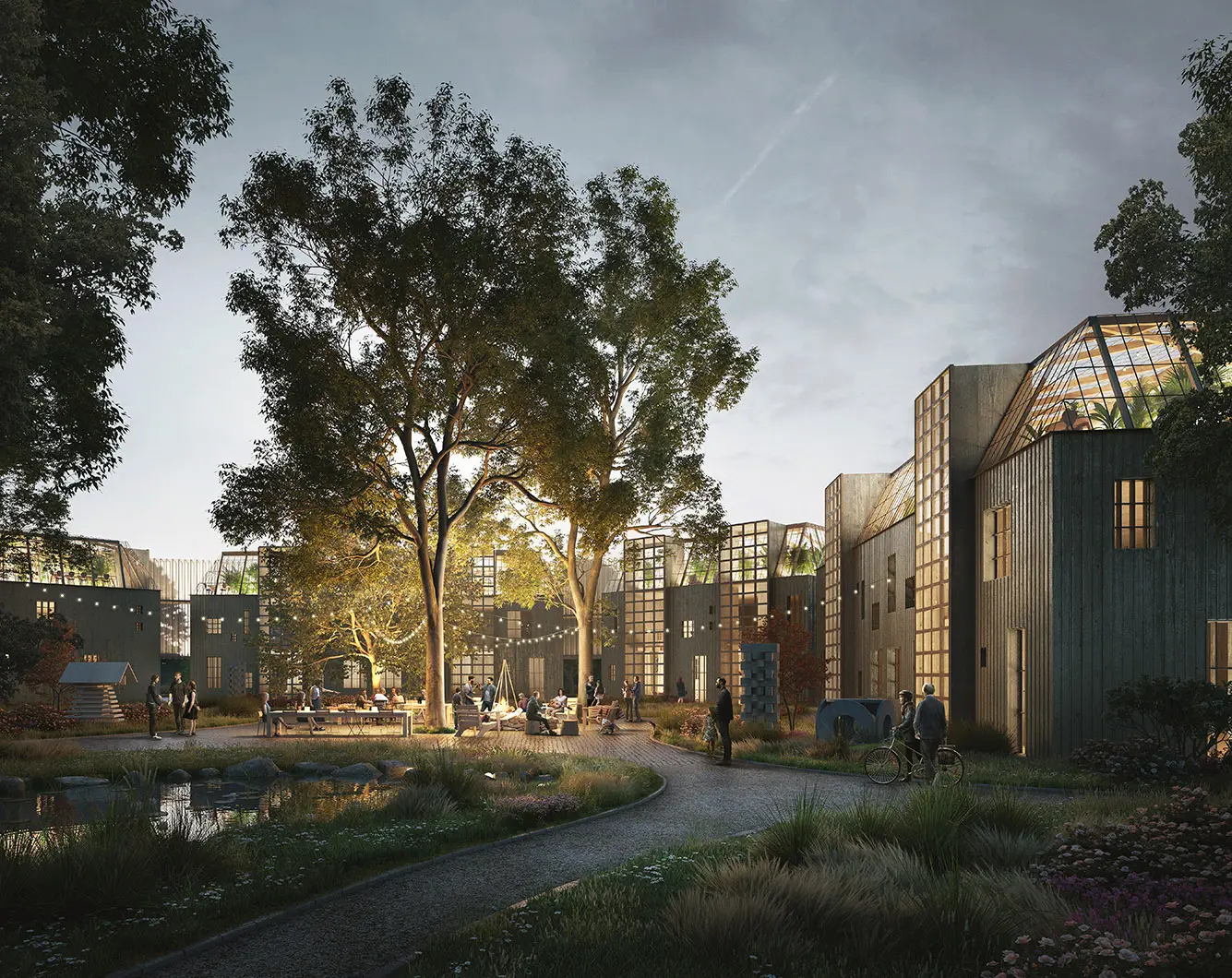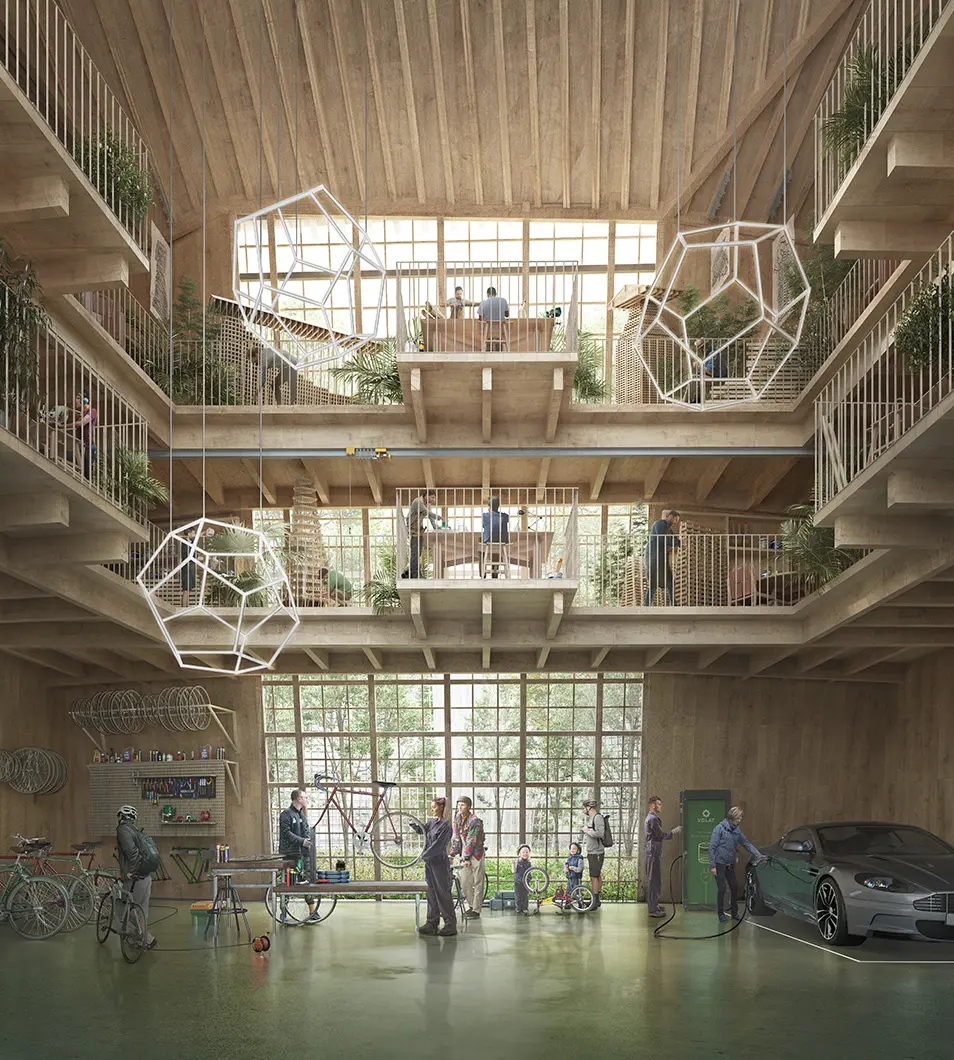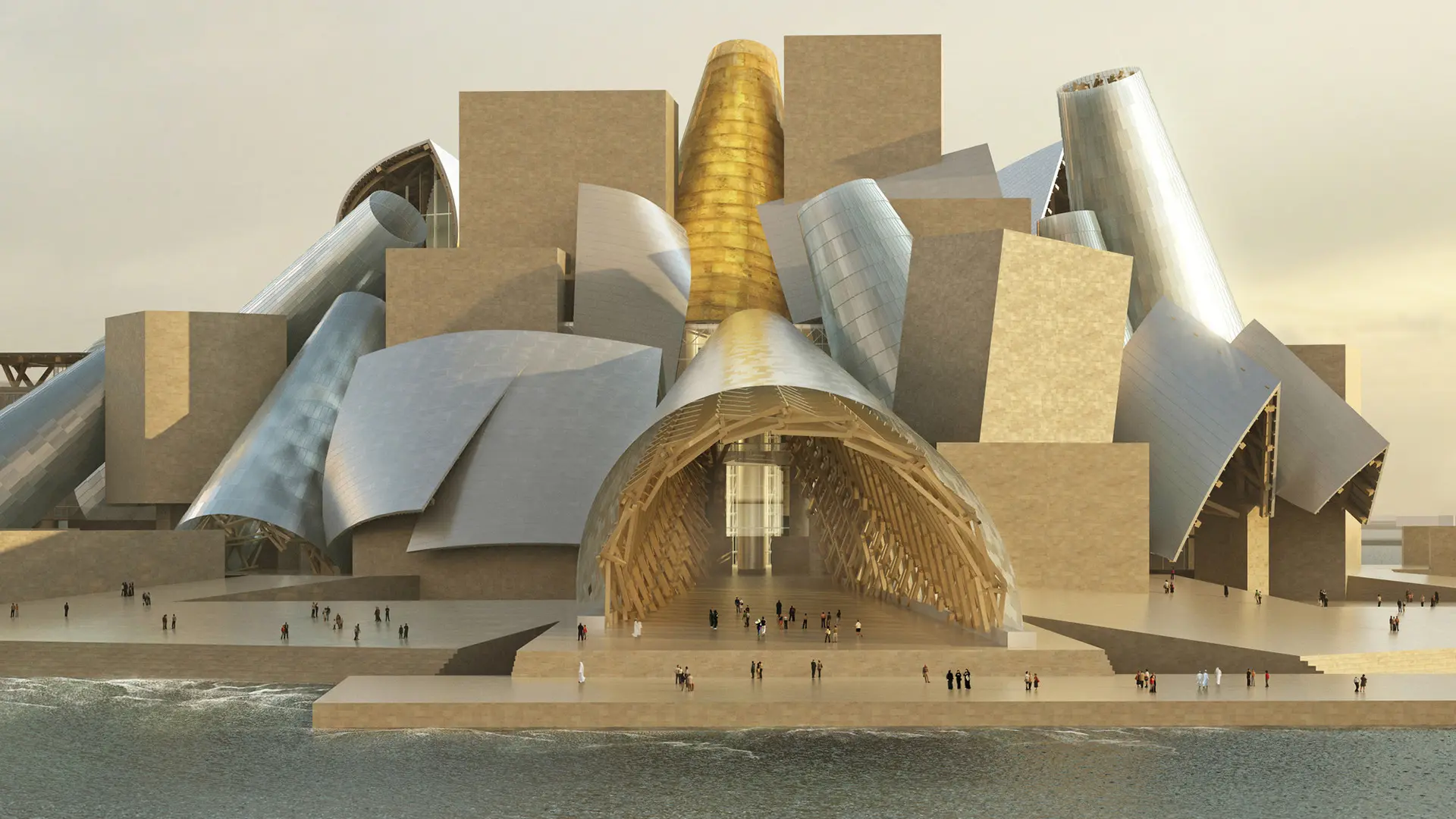From BIG to David Chipperfield, Frank Gehry to Snøhetta: a world tour of the best buildings set to open in 2026
Double Interview. Michele De Lucchi and Formafantasma
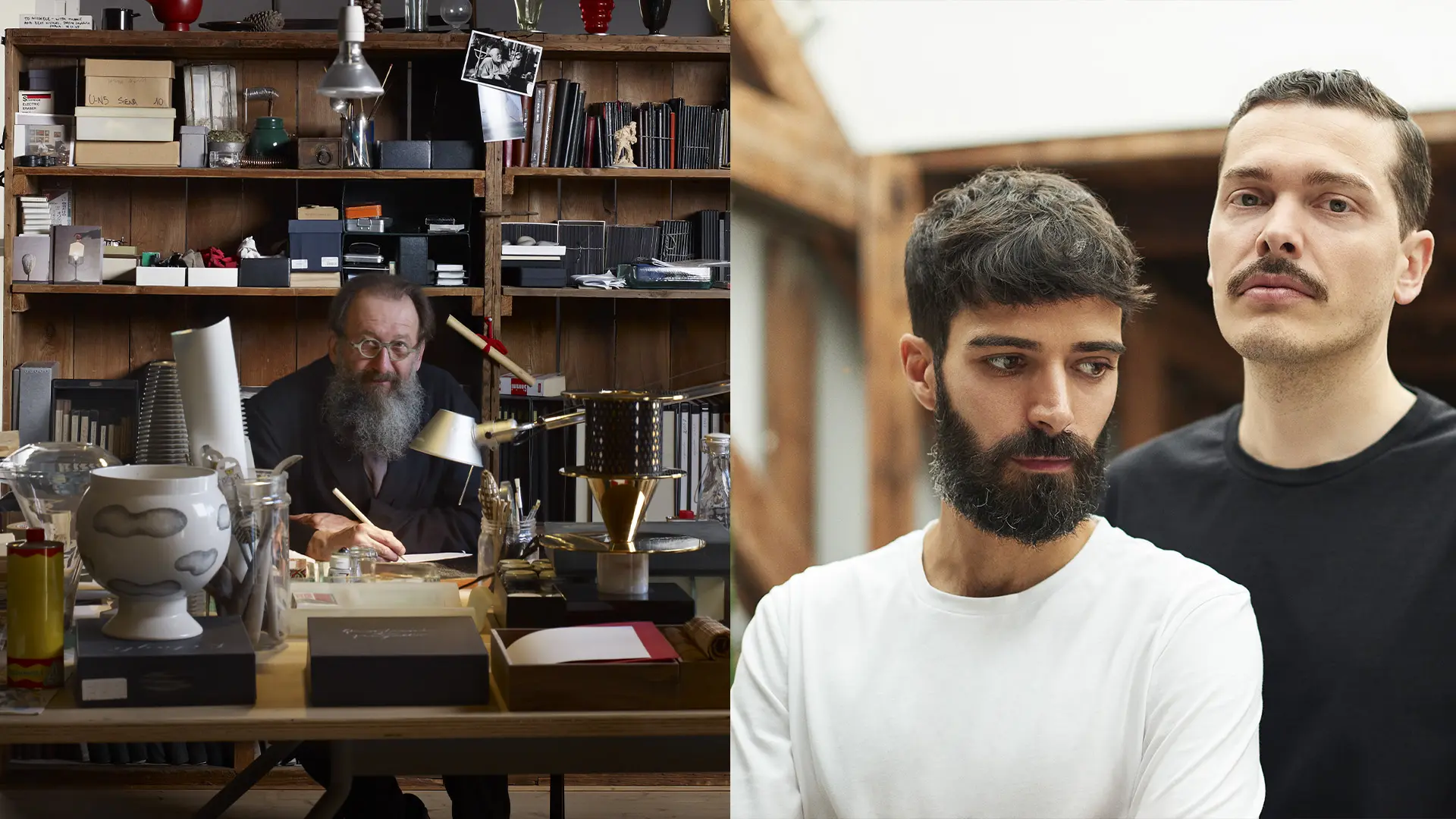
Resilience, ecology, discipline and the new generations: Michele De Lucchi and Simone Farresin discuss the holistic role design should play in planning a sustainable future
How can architecture and design still save the world? What’s the relationship between technology and nature? How can education and intergenerational transfer drive the discipline of design forward?
A deep and extraordinary conversation between Michele De Lucchi and Simone Farresin of Formafantasma, with the contribution of Davide Angeli, design coordinator of AMDL Circle, attempts to respond to some of the most urgent questions of today. Discussing conventions with empathy, positivity and vigilance, striving for a (beautiful) future that deserves to be lived.
MDL. I like the positive connotation of resilience. It’s a concept that needs to be pursued with insistence and determination, but I don’t think it’s just a question of making resistance positive, rather to foster change. Resilience has meaning when it’s linked to our ability to transform ourselves, to adapt to constantly evolving technology whilst also living in harmony with the world. Resilience also and especially means something if it is accompanied by a vision to work towards, one deserving of being sought after and pursued.
It’s not just a matter of being resistant but, as humans have always done, imagining oneself and pushing ourselves further with positivity, energy and pleasure. We have a great need to build visions for the future. Because we can see how easily they are achieved by the exceptional potential technology has to offer. We continue to talk about resilience and fragility, but we are aiming much higher: towards a future that is sustainable and deserving of being lived.
SF. I agree with Michele as regards dreams and imagination for creating a new future, and I believe that there are things we can give up in order to achieve this objective. Design and architecture have focused for too long not on needs but on desires, which are very important of course, but it’s crucial that we take on board the fact that we are witnessing a devastating climate crisis.
Design and architecture contribute to both our fragility and to our resilience, they’ve played their part in many of the problems that we’re facing. The pandemic has demonstrated the fragility of our cities and the loneliness of people in urban centres. We now need to take a critical look at our discipline, but I’m confident that we can do a lot to help solve citizens’ problems. It’s the emergencies that are pushing us further – that’s why we’re living through very interesting times.
SF. Yes, obviously. Design is a constant process of learning and change. I think that what’s driven us forward has been our work on the discipline itself. So many of the reflections and the projects we’ve undertaken have meant taking a stance on the discipline of design because we’ve realised its responsibilities and are trying to work out what our position is on it.
Our early work was certainly a lot more naif, more intuitive and had a lot more to do with experimenting with materials. Over the last few years, though, we’ve been analysing what we do much more critically in order to become increasingly self-aware.
MDL. What we did with the Earth Stations was to ask ourselves what our clients would be like in ten years’ time and what they will want from us, imagining an evolutionary direction that will actually be possible to take, sustainable, wise and that will not collide with all the wealth of the real world – and by wealth, I mean wealth of the human, cultural, scientific and technological kind, which allow us to direct our energy in positive, optimistic and protopian ways.
We threw ourselves into these musings in a critical spirit, conscious that we might be presenting visions that were not coherent with the prevailing ideology, but that were capable of shaping a positive and aggregative future. The Earth Stations represent a future made up of interactions, connections, interdisciplinary relationships, between the real and the virtual world, between knowledge deriving from scientific, physical and chemical research and the findings on research into mankind. What we need these days is synthesis, which is a selection process: it analyses different positions and shapes them into a single one. This is man’s strength.
With the Earth Stations, we tried to synthesise some aspects of the evolution of architecture and of internal spaces, but we also need education, craftsmanship, our community. We have tried to create small communities, conscious that if they work well, it will probably be easier to make larger ones function, along with societies, nations, continents and the world.
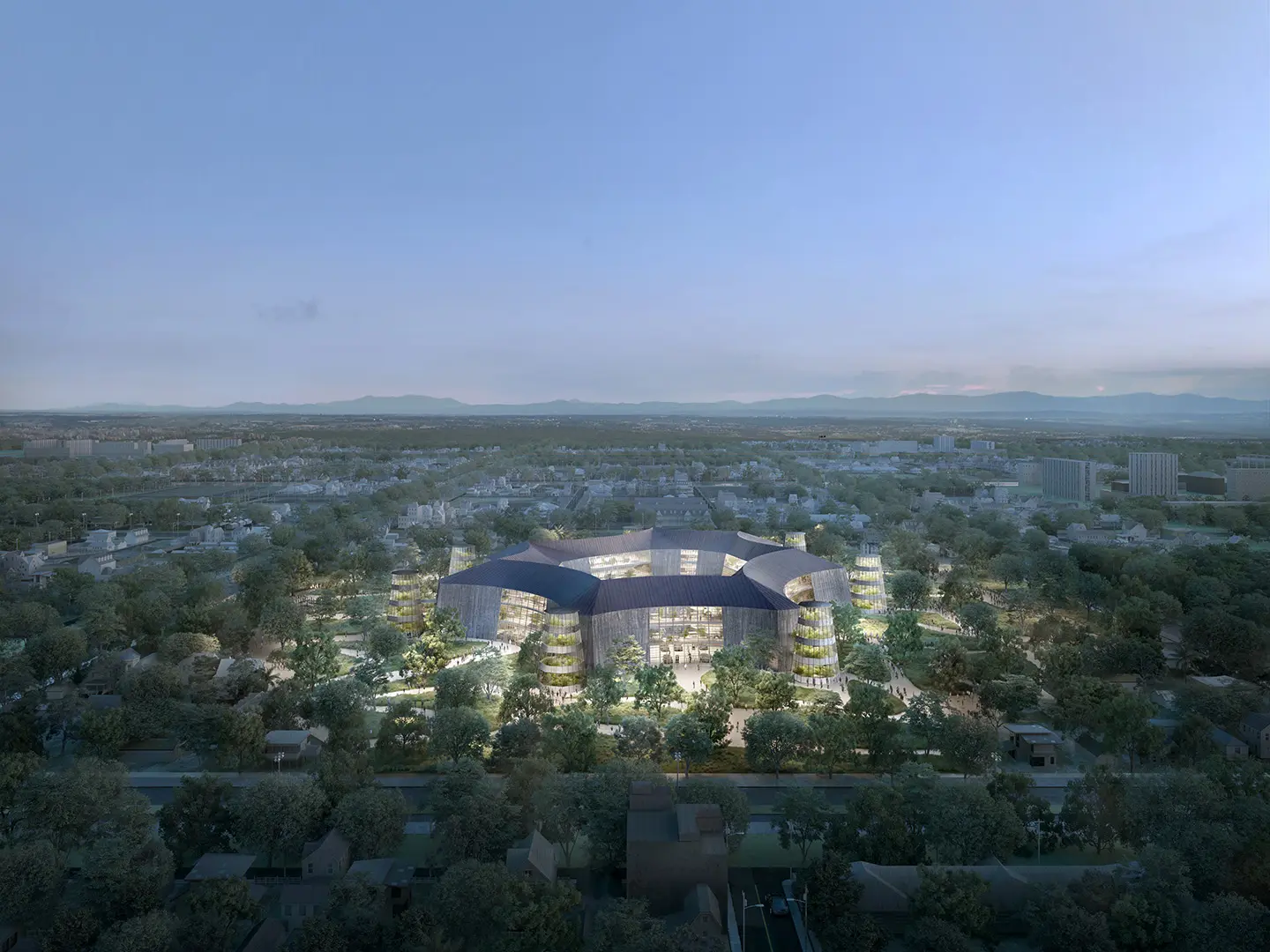
BRIGHT COMMUNITY
SF. It’s still too soon to say, but we’ll definitely travel less and definitely no longer in a schizophrenic and irresponsible way. As regards your question about nature, just think how ambiguous that word is. Every time we try to define it, we position ourselves as human beings outside it, and this is one of the key mistakes in the way we approach our ecological thinking.
Personally, I’m much more interested in life than in nature, it’s a much more complicated and tangible concept to work on. We have seen for ourselves what a climate crisis looks like and the idea of an Anthropocene is now concrete: the pandemic’s made that clear and tangible. I hope all this will make us aware that we can’t think about design the same way as before, that it can help us build that vision of the future that we need to build and which is different to the present.
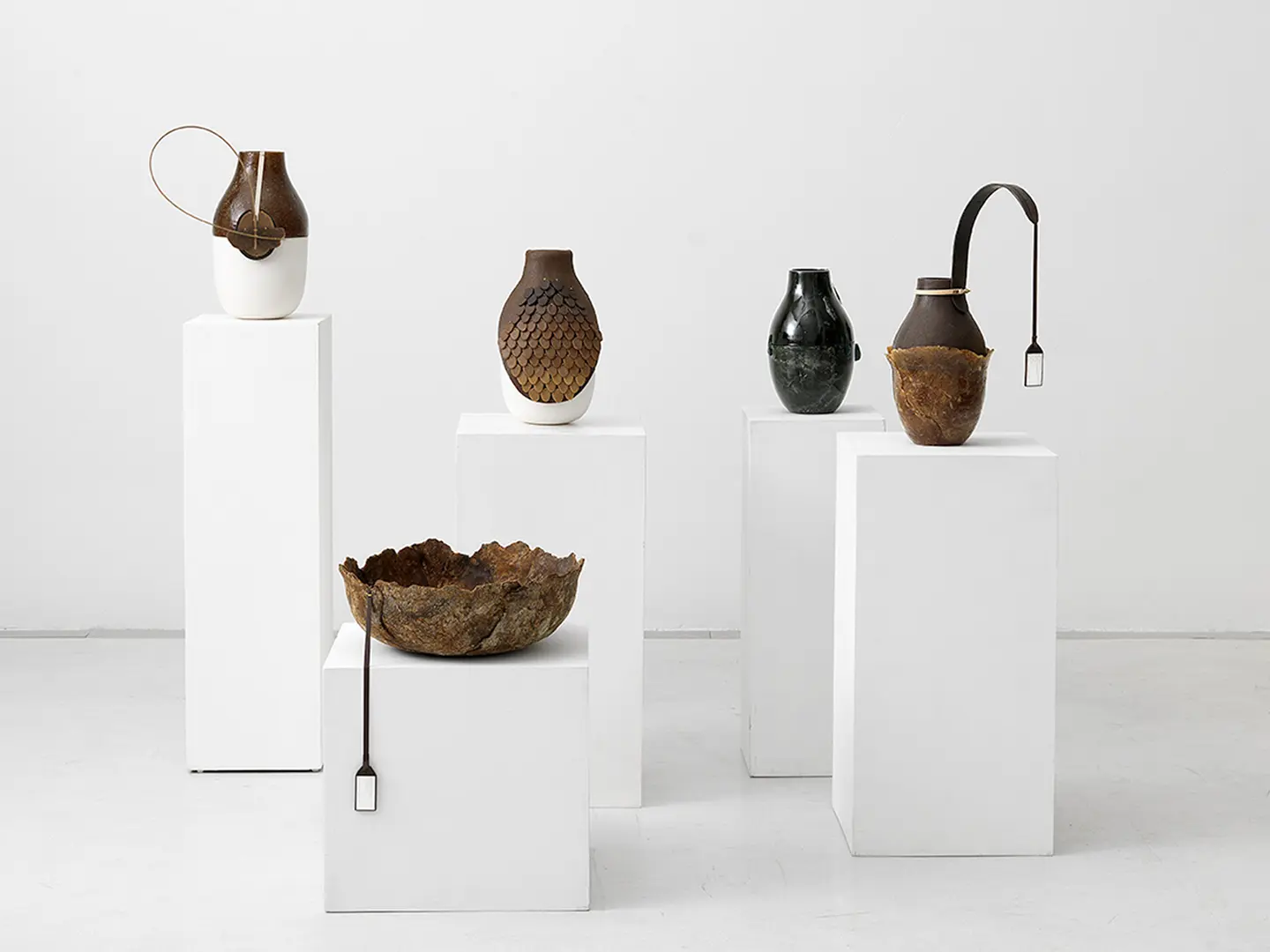
Botanica, Formafantasma Ph L Zanzani
MDL. They’re different things. I’m sure both things exist, they have to exist, they can’t exist separately, they cannot not exist. We can’t choose one and only go in that direction. We discovered that with the Earth Stations: everything’s closely connected.
There’s a great anecdote. On the first day of term, Johannes Itten, a teacher at the Bauhaus, asked them to draw the colour they found most ugly; then he took all the sketches, put them together and inevitably, every single time, they made up a marvellous composition. I use this metaphor to say that everything is connected and it’s the whole that generates beauty.
Our task as designers, architects, interior designers to combine all the different parts and work out which combinations work. Besides, that’s how it works in nature, chemistry is made up of molecules, the molecules combine with each other, atoms never exist on their own, only in combination, quantum physics has shown that photons can’t exist in isolation.
SF. Michele has answered that beautifully. If we look at things from a relational point of view, we can better understand what we are doing and become more aware of our responsibilities.
SF. Yes, we absolutely agree, I think there is an educational component, not just for others but also for ourselves, in design, because we always know where it’s come from but we don’t know where it’s going. This is the great thing about the design process: having to love even the things we don’t know.
With regard to your question, I can’t give you an unequivocal answer because the projects we take on are very different, that said, what we are trying to explore through our work is how the discipline of design can interface with contemporary problems in a generous and open way. The jobs that mean the most to us come from a personal desire, but we hope to be able to pass them onto other people and that these other people will be able to participate. In this sense, sharing everything we do – from working up an idea to the technical research that goes into a project – is something we hold particularly dear.
I think that there’s a need in design to leave the author aside to some degree, although they still play a fundamental role, so that others can take part in the work. That’s precisely our approach to teaching. We’re now involved with the Design Academy in Eindhoven and it’s here that we can carry forward design-related aspects and research that, like Studio, we can’t take on because of lack of time, or funds, or experience. In that sense, we believe that design is not an individual matter.
MDL. I really like what Simone said, i.e. that design is not just a job for satisfying clients, but a means of tackling the world. I think that the way they’re pitching education is the best way. Unfortunately there never seems to be enough reference to the great issues we’re up against today. Everything seems to revolve around sustainability, which doesn’t just mean building houses with the best insulating materials, so that the most consumerist people ever can live in them …
SF. That’s exactly the point! We are deliberately trying to stop using the word “sustainability” because it’s used so much as a marketing tool and as an immediate solution that it’s lost its original meaning. We would rather talk about ecology, which has got nothing to do with sustainability. It means looking at how organisms interact and relate. Ecology requires completely different thinking to what we have done so far. And that’s really exciting. It’s an opportunity to create and think in a truly new way.
For example, the youngsters we’re teaching in Eindhoven will be working on designing a place in which wild fauna can be reintroduced to try and understand how design can also cater to the needs of creatures that are not human beings.
MDL. The first people who need to be re-educated are people like me. There’s just so much to unlearn in order to make room for the tools and the potential of today. Circle is based precisely on the concept of intergenerational transfer, which means that study is no longer a hierarchical structure, rather it allows individual sensitivities and knowledge to become intertwined. It took ages to come up with the name, because we were trying to find a word that expressed interaction and integration.
SF. When we started thinking about design as part of the ecological problem, we inevitably came up against the durability of the things we build, which is irrelevant as far as the life of the planet is concerned. Real change doesn’t take place within a generation. There’s very little we can do during our lifespan, and I realise that our thinking is always more sophisticated than what we end up doing. If one is trying to understand something, it cannot be taught, nor should it necessarily. Working with other people can be an incredible opportunity for building bridges between generations.
DA. The concept underpinning Circle is precisely intergenerational transfer. We are responsible for 40 years of precious history that is constantly evolving, Michele’s work, from the radical architecture of 1979 to the Earth Stations of today. His work has always been in the vanguard of design evolution. It’s our responsibility to keep up that approach and that openness. We can only achieve this through a cultural transition from authorship to collectivity. Circle aims to be a place for conversation, in which the architect “holds together” all the design specialisms and brings in other disciplines, humanities for example, which focus on the study of mankind. It is in this conversation that the possibility of inventing something entirely new resides.
DA. Art, for example. In a few months, we’ll launch the Novartis Pavilion, a building that the pharmaceutical company has decided to open to the community, hosting the exhibition Wonders of Medicine. It’s hugely satisfying for us to be able to create openings. The – digital! – facade of this pavilion will be continually redesigned by digital artists of different provenance and experience. This means that the shape of our building will be decided by the contributions of these artists and will evolve and alter according to che changes in this particular field. It’s an example of how being open to other disciplines can bring a different value to buildings, both symbolically and in terms of experiencing the space.
MDL. The most important component is the narrative, in the sense that not everything we do can be expressed in words, it can’t be told as such, and it vanishes very quickly. The secret ingredient is the positive meaning and the spreading of hope. We have so much to learn but we also have so many opportunities to build a better world. The times we live in are really incredible and equally exciting: the pandemic has given us a tremendous opportunity for a really good restart, a fresh beginning.
SF. We have a love-hate relationship with social media. They’re a great opportunity, they enable us to reach out to lots of people without having to travel too much, because, straddling Holland and Italy we’re quite isolated. On the other hand, we only started using Instagram a few years ago, and as a studio archive, not as a promotional tool or a place where narratives can be created.
Lately, we redesigned our website to be as pertinent as possible, i.e. trying to put in exhaustive information and, therefore, giving more space to text than to images. We were worried about the digital infrastructure, which is actually real and demanding, and we opted for a strategy that would make it as responsible as possible. I think new communication systems are a unique opportunity for today’s designers, because they do away with the rather stiff and antiquated relationship between companies and designers. Today, in fact, designers have much greater opportunities to make themselves seen and heard than in the past, establishing a different hierarchy of power.

A Matter of Salone: the new Salone communication campaign
From a reflection on humans to matter as meaning: the new Salone communication campaign explores the physical and symbolic origins of design, a visual narration made up of different perspectives, united by a common idea of transformation and genesis


Salone 2025 Report: The Numbers of a Global Event
Data, analyses, and economic, urban, and cultural impacts. The second edition of Salone del Mobile’s “Milan Design (Eco) System” Annual Report takes stock of a unique event and consolidates the fair’s role as the driving force behind Milan as the international capital of design



 Stories
Stories
